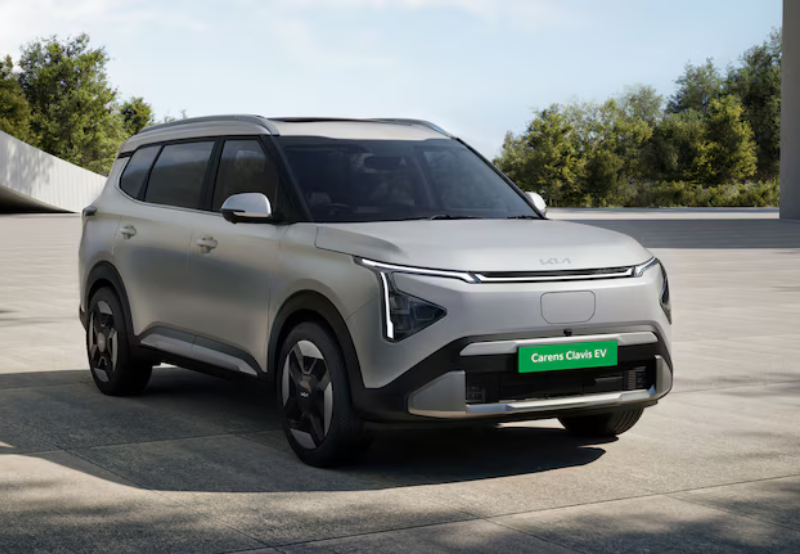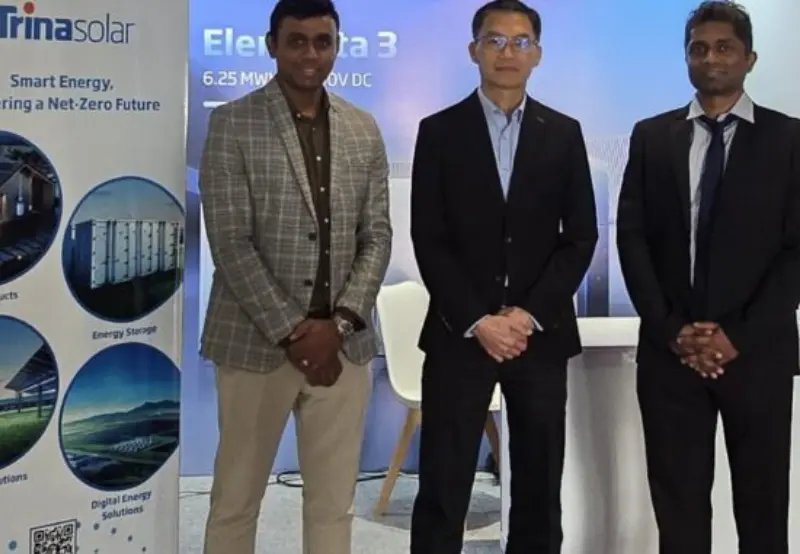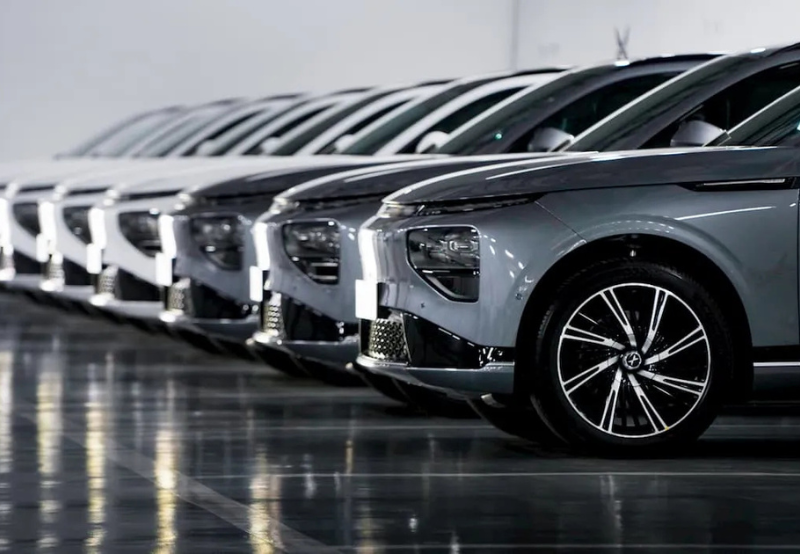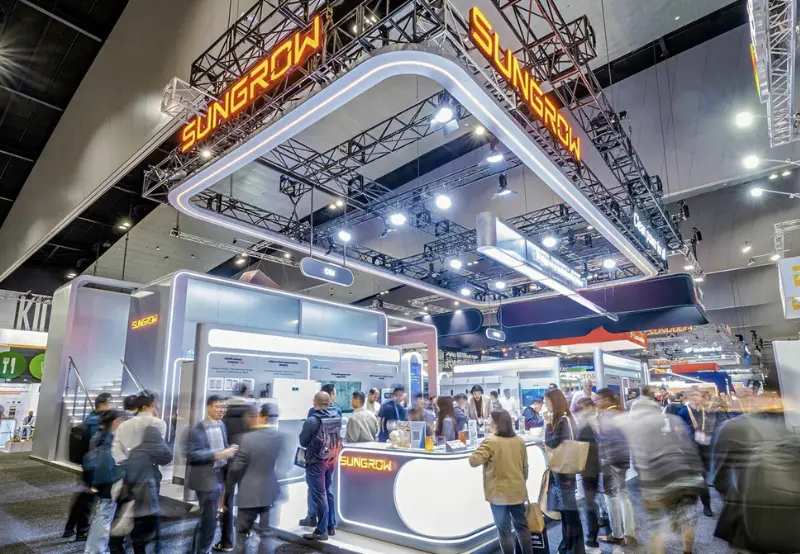The aluminium casing of the blade battery market is forecast to grow from US $241.2 million in 2025 to US $444.2 million by 2035, driven by the EV expansion, high-strength alloys and localised manufacturing innovation.
Introduction
The global shift to electric vehicles (EVs) and advanced battery systems is creating demand not just for the cells themselves, but for the aluminium casing of the blade battery—the specialised enclosures that protect, cool and integrate battery modules into vehicles. According to a recent report, this market is projected to grow from US $241.2 million in 2025 to US $444.2 million by 2035, at a compound annual growth rate (CAGR) of around 6.3%.
In short: as EV volumes rise and battery systems become more advanced, the aluminium casing segment is gaining in importance. Let’s examine why, what the growth drivers are, and what this means for manufacturers, OEMs and supply chains.
Why Is Aluminium Casing Key for Blade Batteries?
Blade batteries—so named for their elongated, flat form-factor—have become popular because they enable high volumetric energy density, improved cooling and safety advantages. In those applications, the casing material plays a critical role:
- The casing must offer lightweight structural integrity while managing heat and protecting the modules.
- Aluminium alloys provide a strong strength-to-weight ratio, good thermal conductivity and excellent recyclability – all of which matter in EV battery systems.
- As battery packs scale up in size and power (for larger vehicles, commercial vehicles, energy storage systems), the casing becomes more than just a wrapper — it’s a structural, thermal and safety component.
Hence, the market for aluminium casings is not a peripheral oddity—it is a supporting but essential component in the expansion of blade-battery technology.
Market Outlook & Forecasts
- The market size in 2025 is estimated at US $241.2 million.
- By 2035, the market is forecast to reach US $444.2 million, growing at a 6.3% CAGR across the decade.
- The incremental growth is foreseen in two phases: 2025-2030 (adding approx. US $86.1 million) and 2030-2035 (adding a further US $116.9 million) as the technology matures, recycling improves and manufacturing expands.
In practical terms, this means more players will enter, more alloys will be developed, more regions will localise production—and competition will intensify.
Key Growth Drivers
Several major trends are contributing to the growth of the aluminium casing of blade battery market:
- EV Expansion
As EV adoption accelerates globally, battery pack volumes increase, and the need for high-performance casings grows. The blade-battery format is gaining traction with brands seeking packing efficiency plus safety. - Energy Storage Systems (ESS) and beyond
It’s not just vehicles. Large-scale energy storage systems (stationary storage) also require robust battery enclosures. Aluminium casing systems are increasingly used in grid-scale storage and complementary applications. - Manufacturing Efficiency & Material Innovation
Advances such as high-strength aluminium alloys, precision extrusion, automation and digital manufacturing are lowering costs and improving performance. For example, high-strength aluminium (which captures about 62% of the market by material type) dominates due to better structural stability and lightweight characteristics. - Sustainability & Recycling
With increasing regulatory emphasis on emission-intensive materials and closed-loop supply-chains, recyclability and low-carbon aluminium become differentiators. The later half of the forecast (2030-2035) is expected to see greater adoption of recycled aluminium casings. - Regional Manufacturing Growth
Growth in China and India is relatively stronger (China with ~8.5% CAGR, India around 7.9%) due to rapid EV and battery production expansion in those regions.
Market Segmentation & Regional Insights
- By Material Type: High-strength aluminium (~62% market share) and conventional aluminium (~38%). High-strength dominates due to structural demands.
- By End Use: Electric Vehicles (58% share) lead, followed by Energy Storage Systems (35%) and other niche uses (7%).
- By Region:
- China leads with strong manufacturing and EV scale.
- India is emerging rapidly under policies like Make in India, EV incentives and localisation.
- Germany, Brazil, USA/UK/Japan are also significant, but with somewhat lower growth rates.
Strategic Implications for Industry Players
For component-makers, OEMs, battery manufacturers and supply-chain stakeholders, this market forecast signals several considerations:
- Supply-chain localisation matters: As volumes increase and tariffs, logistics and cost pressures matter, having aluminium casing manufacturing near battery/gigafactory sites offers competitive advantage.
- Alloy and process development: Innovating alloys that offer higher strength, thinner wall thickness, better thermal performance or lower cost will differentiate suppliers.
- Integration with battery pack design: The casing cannot be an afterthought; it must integrate with the blade battery architecture—cooling paths, structural support, safety systems—all drive casing design.
- Sustainability credentials: Manufacturers who can demonstrate recycled content, low-carbon manufacturing and circularity may gain favour, especially in regulated regions (EU, US) or with OEMs pursuing ESG targets.
- Diversification into energy storage: Because the stationary storage segment is rising, aluminium casing suppliers should consider opportunities beyond vehicular batteries.
- Regional strategies: Given the higher growth in India and China, global players must tailor local presence, partnerships and compliance strategies accordingly.
Challenges & Risks
Growth is not automatic; there are headwinds to consider:
- Raw material volatility: Aluminium prices, bauxite supply, energy (smelting) costs and trade policies impact margins.
- Alternative materials competition: Steel, composites or hybrid materials may pose competition if they become cost-effective.
- Technological change in batteries: If battery architectures shift (solid-state, new formats) the casing requirements might change or reduce emphasis on aluminium.
- Standardisation and safety regulations: Meeting evolving automotive battery safety standards, heat-management requirements and manufacturing tolerances can be tough.
- Execution risk in new regions: Localising manufacturing is complex—logistics, quality, workforce and capital deployment matter.
What to Watch Next
- Major OEM announcements: Adoption of blade batteries with aluminium casings in new EV launches.
- Supply-chain deals: Partnerships between aluminium-casters and battery/Gigafactory developers.
- Recycling ecosystem development: Growth of closed-loop aluminium supply for battery casings.
- Regional policy changes: Incentives in India, China or trade tariffs in Europe/US that affect aluminium or battery parts.
- Material innovation: New alloys, manufacturing processes, or casing designs that reduce weight, cost or increase safety.
Conclusion
The aluminium casing of the blade battery market is entering a period of structural growth, underpinned by the global push for electrified mobility, energy-storage expansion and material innovation. With projected growth from US $241.2 million in 2025 to US $444.2 million in 2035, manufacturers and supply-chain players should pay attention.
In a world where battery packs are getting larger, more complex and more performance-driven, the humble casing matters a whole lot more than it used to. For any business connected to battery manufacturing, EV supply chains or advanced materials, aluminium battery casings represent a niche but growing opportunity—with the right combinations of innovation, localisation and sustainability.
For more insights, EV News






